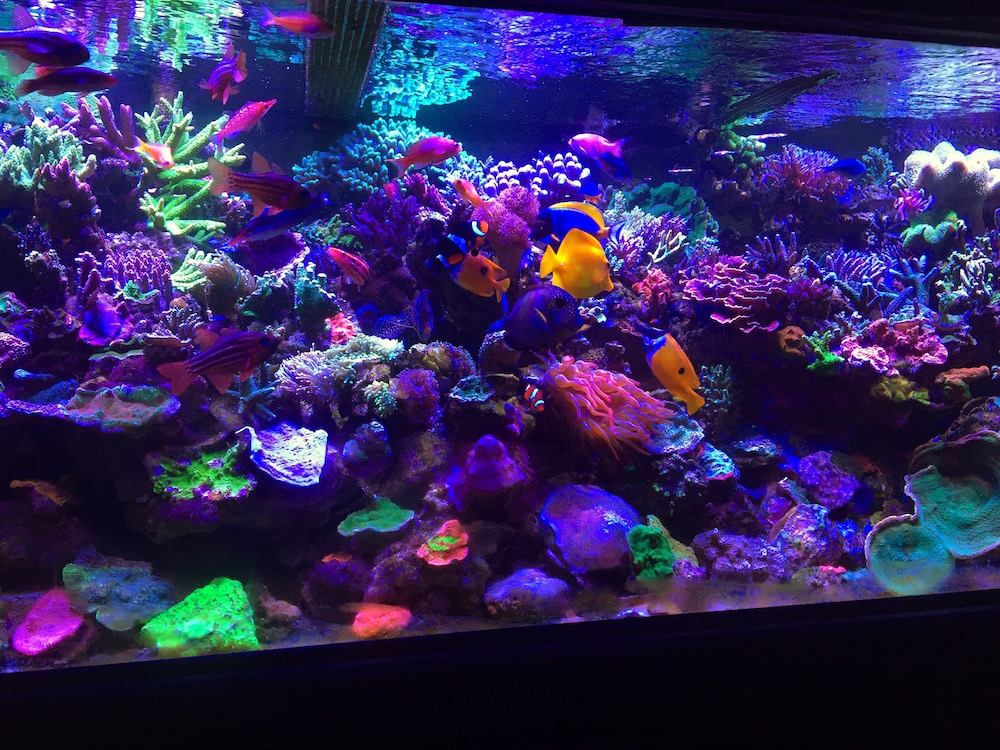Yeah, it’s smack in the middle of our tank, and is definitely the first thing you notice. It would be super heartbreaking to lose it since it’s really our showpiece. Plus, it’s a living creature that has clearly thrived so far! I can just sit and watch it die!That's great to hear that you were able to get professional advice and take decisive action to help your setosa.
Following the shop's advice and going through those steps was a top-notch move. That glue barrier trick is a real game changer.
As for the critters you found during the dip, those brittle starfish and that bristleworm are typically harmless roommates. But hey, better safe than sorry, right?
The salinity adjustment was another smart move. Corals can be a bit finicky with salinity, so a slight bump could make a difference. Just remember to keep a close eye on your water parameters in the next few days since you've made some tweaks, I'm sure you know that already.
One thing that caught my eye was the sand bed issue. Sand can sometimes be a sneaky host for bacteria that aren't too friendly to corals. In the future, it might be worth considering giving corals a little elevation, like placing them on rocks or other structures.
A deep sand bed (DSB), roughly 4-6" deep, can form an anoxic zone that sustains anaerobic bacteria. This bacteria helps reduce nitrate in the tank. In contrast, a shallow sand bed, typically less than 3", doesn't support the growth of these beneficial bacteria. Instead, if not regularly cleaned or vacuumed, it can rot, leading to the growth of harmful bacteria and algae. Disturbing a mature DSB can also cause a mass die-off of the beneficial bacteria, leading to a rotting and stinking sand bed.
So, if your setosa was touching the sand, and the sand bed wasn't properly maintained, it could have introduced harmful bacteria to the coral, leading to tissue necrosis. Remember, it takes about a month or more for a healthy bacterial community to establish in a DSB, and during this time, it's best not to disturb it.
The sulfur dioxide byproduct from anaerobic bacteria in deeper sand beds can also be harmful. If you've got a deep sand bed, it's recommended to stir the substrate to degas it once or twice a month to prevent buildup of harmful gases. A remote DSB in a sump is another solution to avoid this danger, as any gases can bubble up to the surface without harm to the livestock.
Keep a keen eye on the sand bed condition and manage it properly based on its depth. This way, you can maintain a healthy environment for your corals, and hopefully prevent future issues.
I've got to say, you're really going the extra mile for your setosa and it shows. I'm rooting for its recovery! Keep us in the loop on how it's doing!
I don’t think we’re in the clear on this one yet, but I’m tentatively hopeful right now.
Anyway, super interesting notes on the sand bed. Ours is about 2.5 inches deep. We do vacuum it occasionally, but sounds like it may be a good idea to do that more often.













